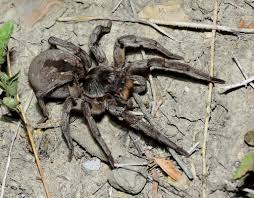
Understanding Urban Foxes
Urban foxes have gained prominence across the United Kingdom, adapting remarkably well to the urban landscape. As a species traditionally found in rural areas, their shift towards city living has sparked interest and concern among residents and wildlife enthusiasts alike. This transition presents a unique opportunity to examine how wildlife adapts to human environments and what this means for both ecosystems and communities.
The Growing Presence
In recent years, reports of fox sightings in urban areas have surged. Data from the UK’s Wildlife Trust indicates that cities like London, Bristol, and Manchester have seen a significant rise in fox populations. A 2022 survey reported that approximately 33% of city-dwellers had spotted a fox in their neighbourhood, highlighting their successful adaptation. Urban foxes thrive on leftover food from human households and have become adept at navigating city life, from avoiding traffic to scavenging in bins.
Impact on Urban Communities
The presence of foxes in urban areas has a mixed reception. Many residents find them charming, enjoying their playful antics during the night. However, concerns persist about their potential impact on pets and local wildlife. Foxes are known to hunt small animals and can become a threat to house cats and small dogs if left unsupervised. In some cases, their scavenging habits lead to conflict with homeowners, particularly when they rummage through bins or enter gardens.
Conservation Perspectives
Conservationists argue that urban foxes play a crucial role in maintaining ecological balance within cities. They help manage populations of rodents and other pests, contributing to healthier urban ecosystems. To mitigate conflicts, experts suggest measures such as securing bins and educating homeowners about co-existing with wildlife. Initiatives to promote understanding wildlife behaviour can foster a harmonious relationship between urban communities and their four-legged neighbours.
Conclusion
As urban foxes continue to flourish in the UK, it is essential for communities to adapt to their presence. By embracing education and coexistence strategies, residents can appreciate the unique dynamics that urban foxes bring to city life. Understanding these changes not only enriches our relationship with nature but also highlights the resilience of wildlife in an ever-evolving urban landscape. The future of urban foxes in the UK may well depend on how effectively cities can integrate wildlife into their environments, ensuring both the foxes and communities thrive together.
You may also like

The Fascinating World of Eagles

Understanding How Cats Can Burn Their Owners
